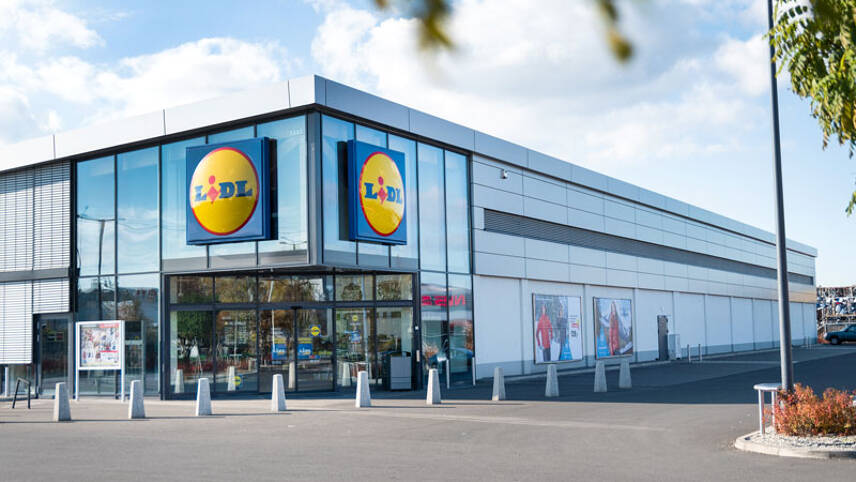Register for free and continue reading
Join our growing army of changemakers and get unlimited access to our premium content

The retailer is introducing the new packaging early next year and has made the change because it contains 63% less plastic, by weight, than the old packaging format.
Lidl GB expects plastic savings of 250 tonnes within a year. The retailer is notably aiming for a 40% reduction in plastic packaging across its own-brand product portfolio by 2025.
Lidl claims that the new packaging is also recyclable. While flexible plastics are not collected from homes by most councils, collection points are becoming increasingly common at large supermarkets.
Additionally, the packaging could have a food waste reduction benefit. It will take the shelf life of mince from eight to 16 days.
The environmental benefits of the packaging switch are clear. Indeed, rival Sainsbury’s has already made the change earlier this year for the same reasons, becoming the first major British retailer to do so.
But the change proved unpopular. Customers took to social media to say the products looked “disgusting” and “very medical”. Some complained about the texture as well as the appearance.
In response, Sainsbury’s did add a note to the packaging stating that the mince would need more stirring to break it up in the first few minutes on the pan. But the retailer refused to switch the packaging back, stating that reducing plastic with “bold” packaging changes was necessary.


Please login or Register to leave a comment.